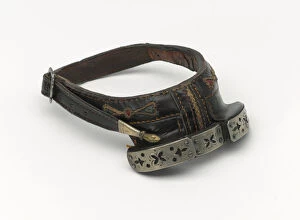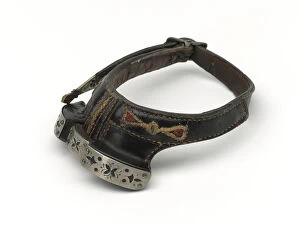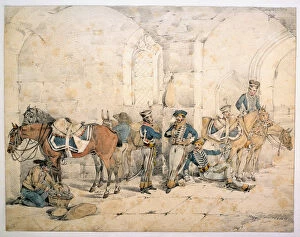Animal Management Collection
Animal management has come a long way over the years, as evidenced by these fascinating historical artifacts
All Professionally Made to Order for Quick Shipping
Animal management has come a long way over the years, as evidenced by these fascinating historical artifacts. In the late 19th century, farriers relied on their trusty tools to care for horses' hooves. The Farriers tool from around 1890 was made of sturdy metal, a testament to its durability and longevity. Another essential item in a farrier's arsenal was the Farriers axe, dating back to approximately 1820. This robust axe served multiple purposes, aiding in trimming hooves and shaping horseshoes with precision. Moving on to equestrian equipment, we find an exquisite saddle that belonged to George William Frederick Charles, the 2nd Duke of Cambridge. Crafted around 1856 using silk, leather, velvet, and metal embellishments; this saddle exemplifies both elegance and functionality. Accompanying such regal saddles were riding whips like those created in 1854. These whips featured intricate designs crafted from leather and metal components that added finesse while providing necessary guidance during horseback riding. Hoof guards also played a significant role in animal management during the late 19th century. Dating back to circa 1880s are two hoof guards designed specifically for protecting horses' delicate hooves from potential injuries or damage. These artifacts offer glimpses into various aspects throughout history. They remind us of the dedication shown by individuals like Indian cavalrymen who diligently watered their horses during exercises at Delhi Camp or soldiers facing commissariat difficulties while transporting supplies along treacherous roads like Balaklava to Sebastopol. From farrier tools ensuring proper hoof care to elegant saddles and reliable riding whips guiding riders through their journeys – these items reflect humanity's commitment towards responsible animal management across time.


















